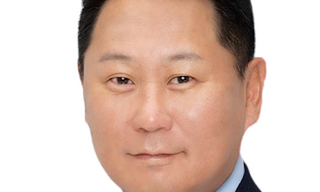Global financial services research firm Cerulli expects foreign managers looking to penetrate Southeast Asia for now, especially those without any onshore presence in the region, will likely see the most success by employing the feeder funds or funds-of-funds route, despite the launch of the ASEAN Collective Investment Scheme framework.
Cerulli believes there is a host of reasons for this, ranging from the fact that managers are comfortable with existing fund structures which already provide a good range of investment products, to distribution issues in the domestic markets.
Recent developments also lend support, as Thailand registered strong growth in feeder fund assets in the first five months of 2015--assets under management (AUM) grew by 33% during the period to reach a combined size of US$7.8 billion. Equity feeder funds have been the key driver of the surge in feeder fund assets, growing by 69% to more than US$4.9 billion by the end of May.
Within the broader feeder fund space, there is no doubt that big names are the top choices for master funds. Even without an onshore office, firms like BlackRock and State Street Global Advisors have amassed assets exceeding US$1 billion in AUM across both Malaysia and Thailand.
This AUM is even larger than some of the onshore fund houses, and point to strong penetration in these markets from an offshore perspective.
Ultimately, an important element for success within the feeder fund business lies in securing a strong local partner, regardless of whether one is a global or boutique offshore fund house. This means working with a local partner that has strong distribution capabilities.




















